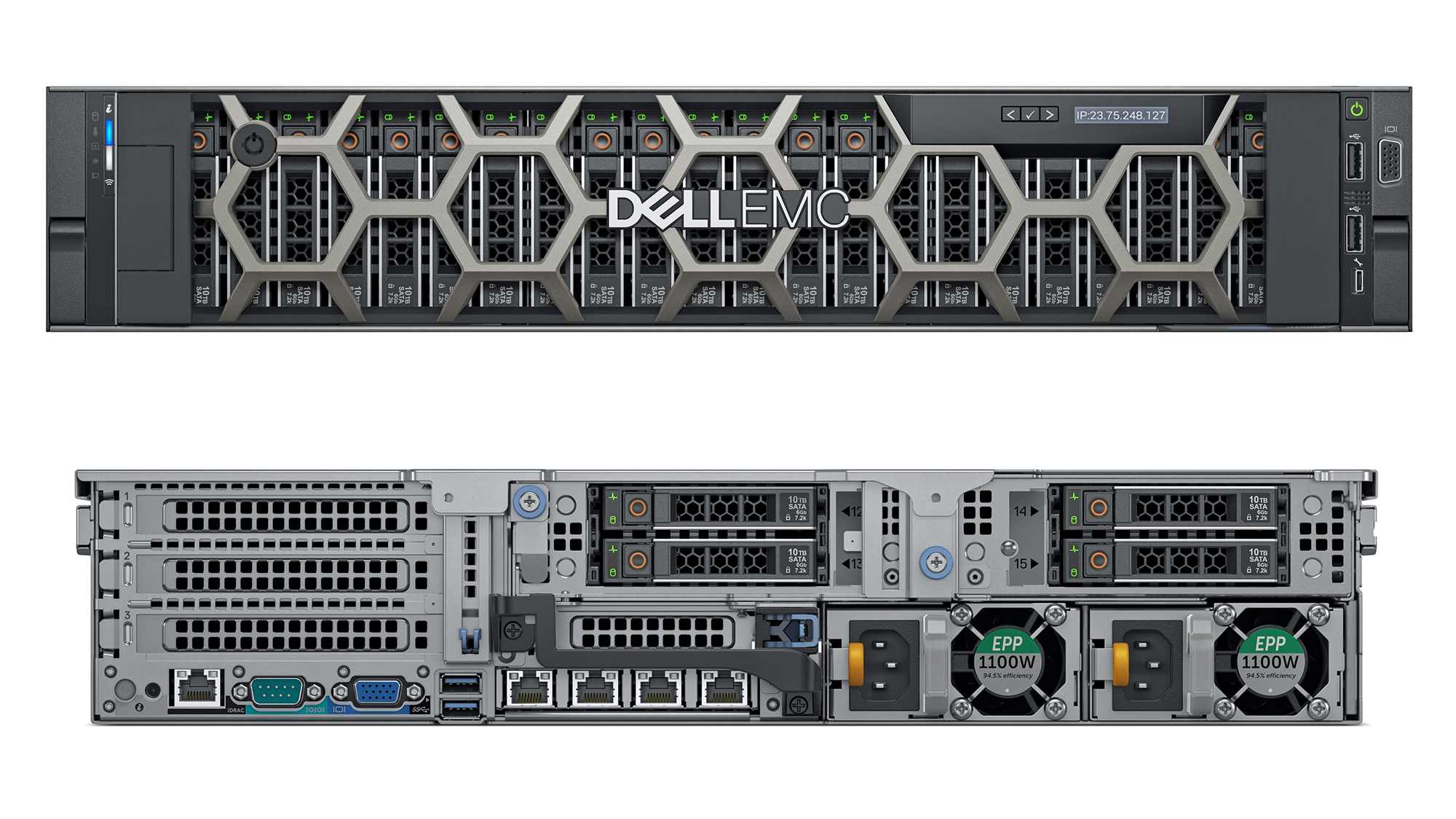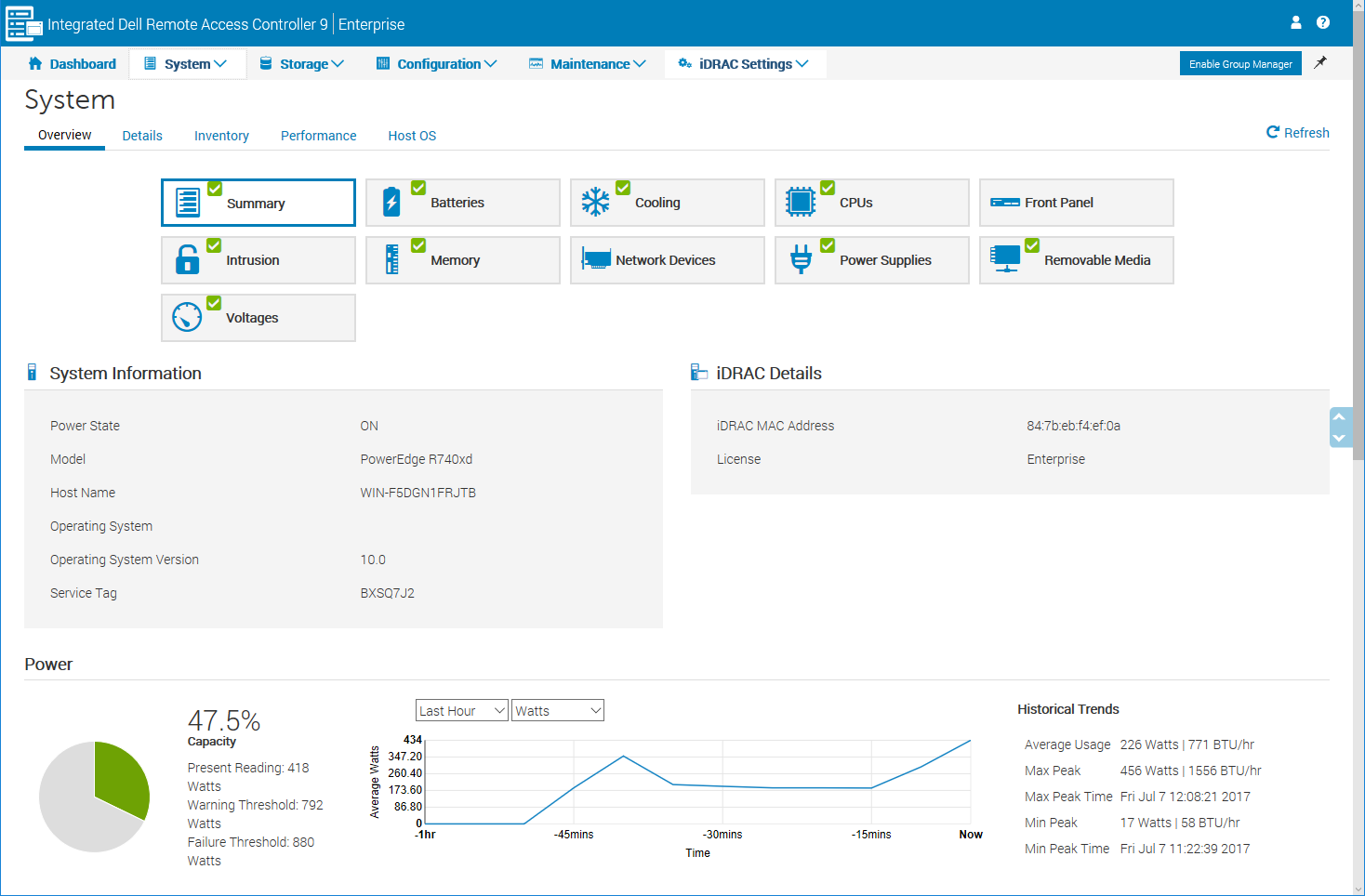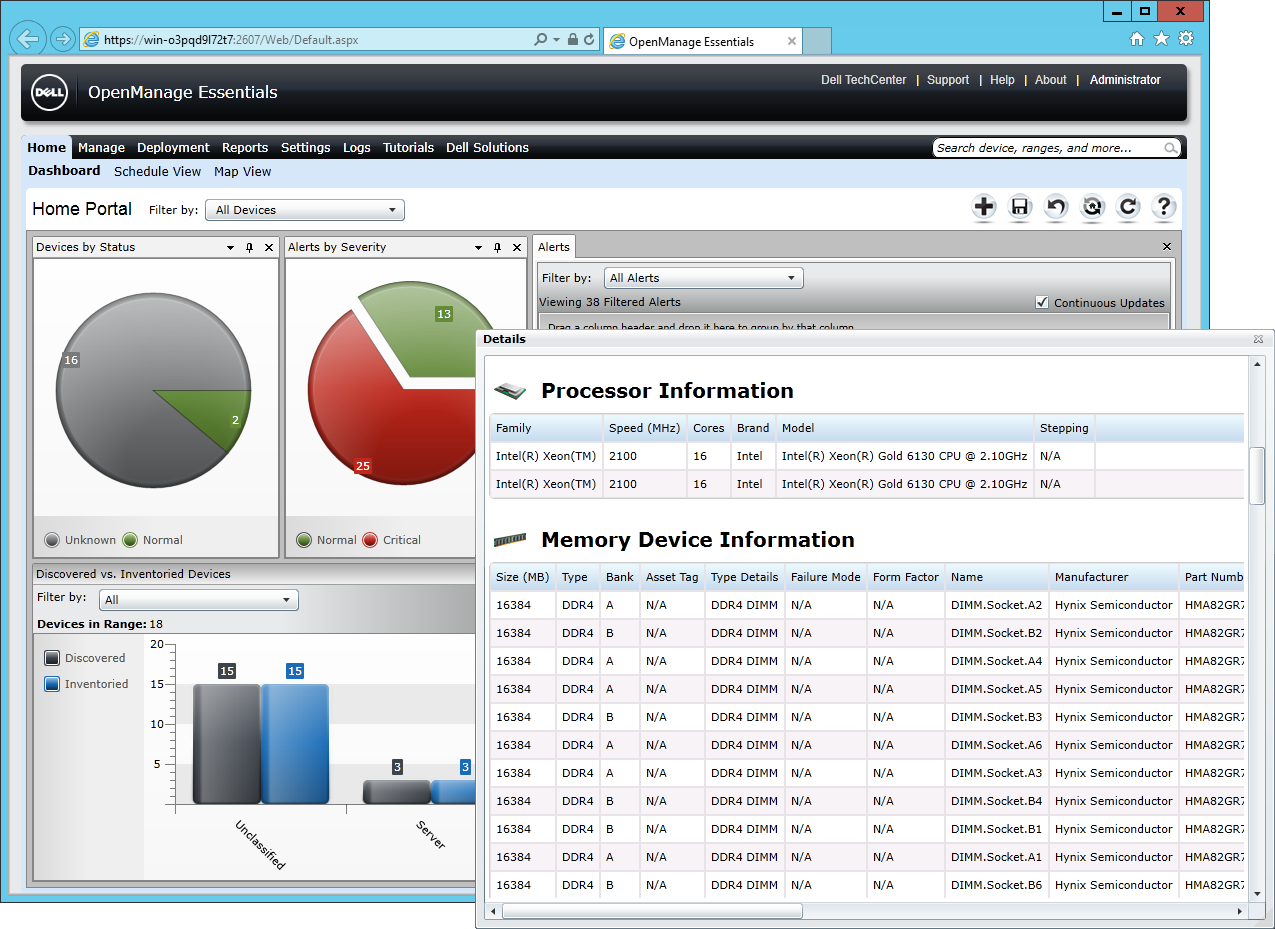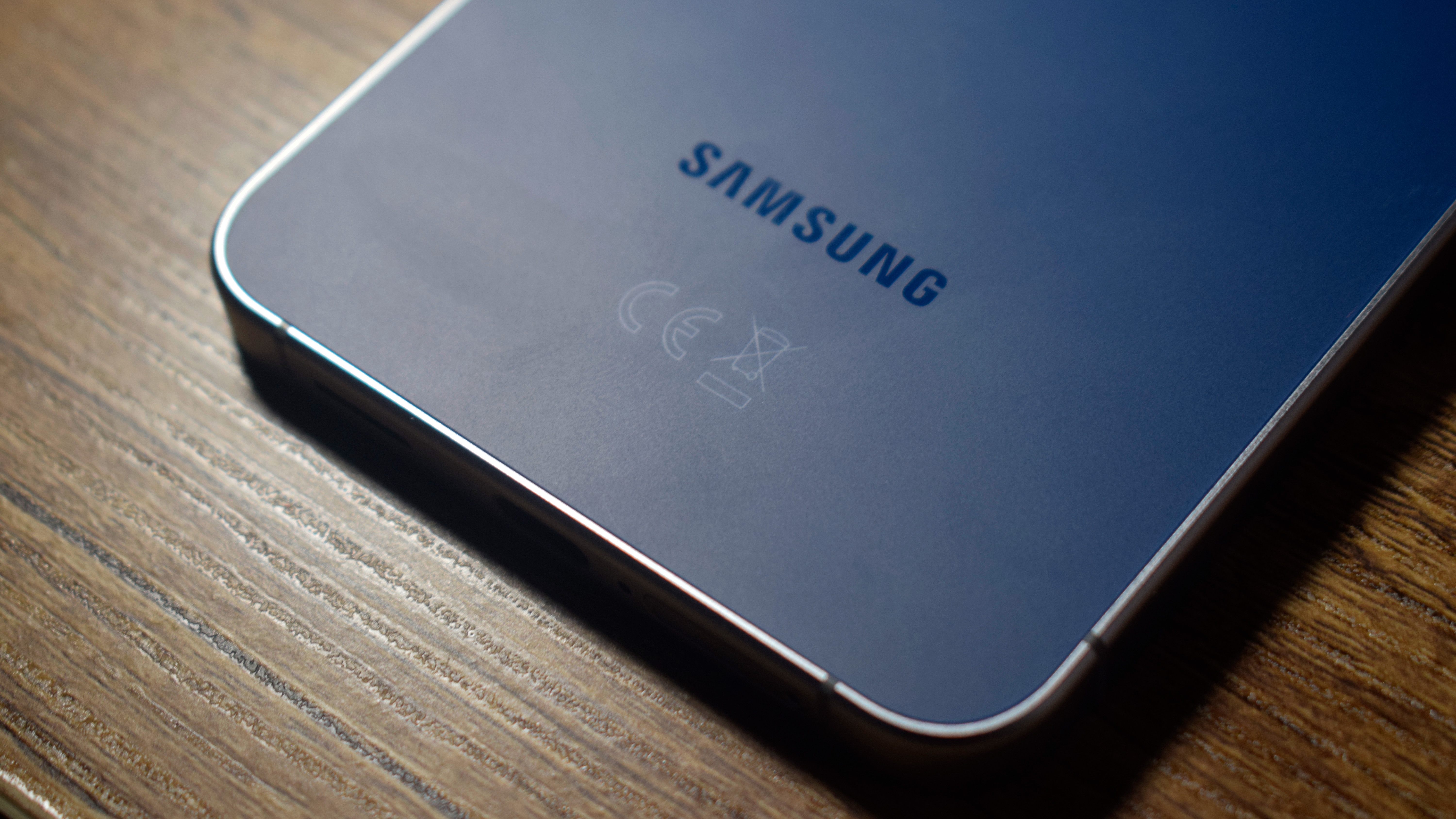Dell EMC PowerEdge R740xd review
Dell EMC’s mighty PowerEdge R740xd debuts Intel’s core-heavy Skylake-SP Xeons


Along with early support for Skylake-SP Xeons, the PowerEdge R740xd packs a superb range of storage features into its 2U chassis and teams them up with a class remote management act
-
+
Massive CPU core count; Supremely versatile storage options; Top value; Quality design and build; Classy iDRAC9 management
-
-
OpenManage Enterprise still on the drawing board

Storage
RAID options haven't changed much from the 13th Gen PowerEdges, where base systems start with an embedded PERC S140 chip supporting SATA drives plus stripes, mirrors and RAID5 arrays. Dell EMC offers a wide range of PERC 10 RAID controllers, and our system sported a PERC H730P Mini card with 2GB of NVRAM cache and integral battery backup.
There's more on the storage front, as the R740xd has another drive tray at the back which supports a further 2 LFF or 4 SFF hot-swap drives. The cage is cabled to the front backplane and integrates directly with the resident RAID controller.
The NVMe cage requires a PCI-Express extender card which slips into a slot beneath the rear drive tray. The R740xd has even more levels, as under this slot is a connector for its network daughtercards.
We tested the dual Gigabit/10GBase-T model, and even this had dedicated copper heat-pipes and radiators for cooling. Other network options are plentiful and include quad Gigabit, quad 10GbE or dual 25GbE.

Management features
The iDRAC9 controller uses a completely new chip, which provides a slick HTML5-based web interface. This is vastly superior to the iDRAC8 and, dare we say it, even better that HPE's iLO4.
The dashboard provides a complete status overview, while the System tab presents a wealth of operational data about areas such as batteries, cooling and voltages. It offers a full system inventory and performance graphs, plus direct access to the PERC for RAID configuration.
Data centres will love the new Quick Sync 2 feature. Pressing the button under the system ID LED on the front panel activates Bluetooth, and allowed us to connect our iPad to the server via the OpenManage Mobile (OMM) iOS app. Using OMM to scan the QR code on the system label, we had the R740xd loaded in seconds where we could view all server information, alerts and health status, plus launch a virtual console for remote control.
Sign up today and you will receive a free copy of our Future Focus 2025 report - the leading guidance on AI, cybersecurity and other IT challenges as per 700+ senior executives
Security is extensive, as the iDRAC9 System Lockdown mode stops users changing any configuration settings. On top of that, along with full supply chain security, firmware packages are cryptographically signed and storage can be safely wiped using the iDRAC9 System Erase feature.
We could also monitor the R740xd via the lab's OpenManage Essentials host, which provided hardware and software inventories along with advanced alerting features. OpenManage Enterprise will be the next step but Dell EMC was unable to advise us when this would be released.

Verdict
As one of the first Skylake-SP servers to market, the PowerEdge R740xd sets a very high standard for the rest of the blue chips to follow. The superb internal design allows its 2U chassis to offer an unbeatable range of storage options and the new iDRAC9 delivers excellent remote management tools. It's the perfect choice for data centres that want maximum processing power and storage performance in their rack cabinets.
Verdict
Along with early support for Skylake-SP Xeons, the PowerEdge R740xd packs a superb range of storage features into its 2U chassis and teams them up with a class remote management act
| Chassis | 2U rack |
| CPU | 2 x 2.1GHz Intel Xeon Gold 6130 |
| Memory | 192GB ECC DDR4 2,667MHz (max 3TB) |
| Storage bays | 12/24 LFF/SFF front hot-swap; 2/4 LFF/SFF rear hot-swap; 4 x NVMe SFF mid hot-swap |
| RAID | Dell PERC H730P Mini SAS3 with 2GB NVRAM cache and BBU |
| Storage included | 5 x 4TB Dell Enterprise SED SAS3 LFF hard disks |
| Array support | RAID0, 1, 10, 5, 6, 50, 60 |
| Network | 2 x Gigabit/2 x 10GBase-T daughtercard |
| Expansion | 4 x PCI-e 3.0 slots (max 6) |
| Other | Internal microSD module/dual 32GB cards |
| Power | 2 x 750W Platinum hot-swap PSUs |
| Management | Dell iDRAC9 Enterprise |
| Warranty | 3yrs on-site NBD |
Dave is an IT consultant and freelance journalist specialising in hands-on reviews of computer networking products covering all market sectors from small businesses to enterprises. Founder of Binary Testing Ltd – the UK’s premier independent network testing laboratory - Dave has over 45 years of experience in the IT industry.
Dave has produced many thousands of in-depth business networking product reviews from his lab which have been reproduced globally. Writing for ITPro and its sister title, PC Pro, he covers all areas of business IT infrastructure, including servers, storage, network security, data protection, cloud, infrastructure and services.
-
 Cybersecurity experts face 20 years in prison following ransomware campaign
Cybersecurity experts face 20 years in prison following ransomware campaignTwo men used their tech expertise to carry out ALPHV BlackCat ransomware attacks
By Emma Woollacott Published
-
 UK firms aim for growth through AI investment but lack of talent is a concern
UK firms aim for growth through AI investment but lack of talent is a concernTech training and upskilling will be a major focus in 2026
By Emma Woollacott Published
-
 Samsung unveils plan for AI transformation across all devices
Samsung unveils plan for AI transformation across all devicesBoth the DS and DX divisions of the business are profiting from the AI boom
By Jane McCallion Published
